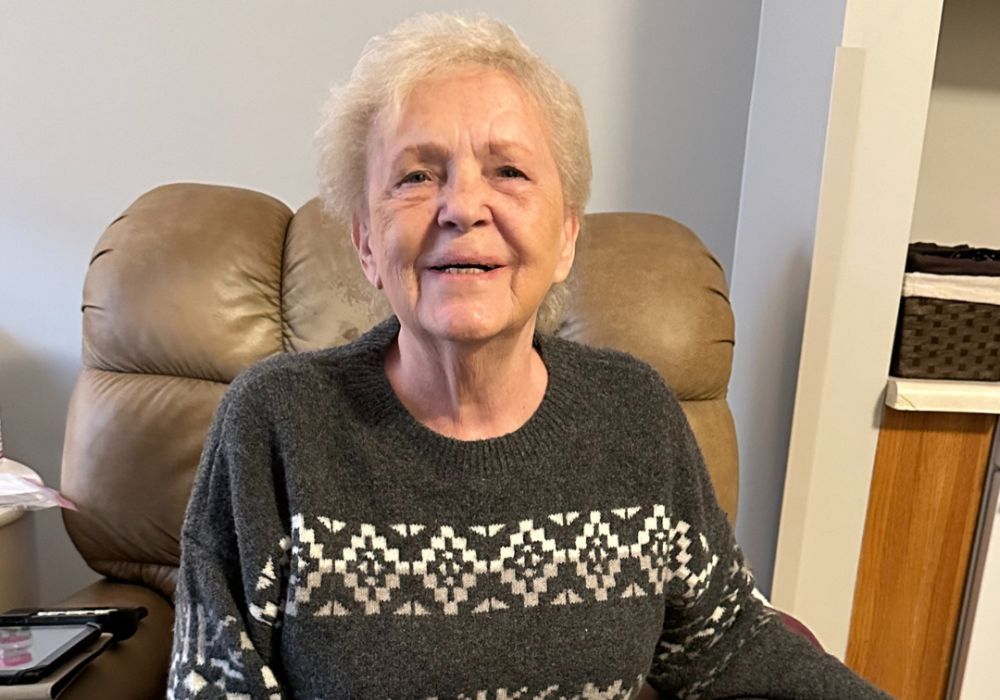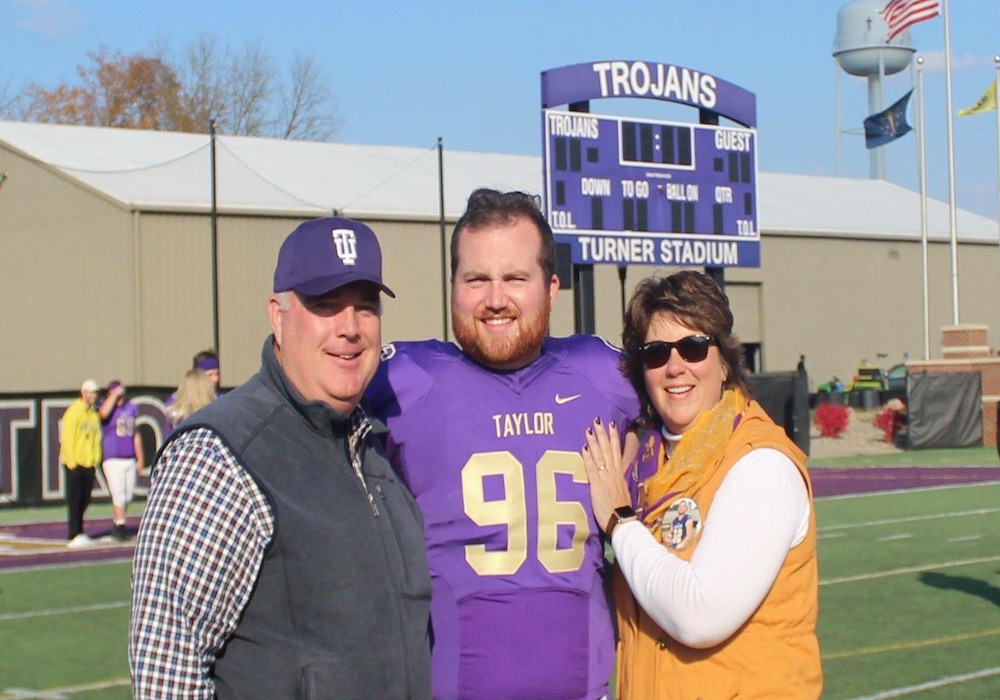The tibia (shinbone) is the most commonly fractured long bone in the body. A fractured tibia is when the tibia bone fractures below the knee and above the ankle. This usually happens due to direct force to the shin.
Anatomy
The lower leg is made up of the tibia and the fibula. The tibia is the larger of the two bones and supports most of your weight. Additionally, the tibia is an important part of the knee and ankle joint.
Cause of tibial shaft fractures
A broken tibia can occur in a variety of ways. The severity of the shin fracture depends on the amount of force that caused the break. Often, the fibula is broken during the injury as well. Collisions such as a car accident, are common causes of a fractured tibia. Sports injuries, such as a fall when running into someone or skiing can also cause tibial shaft fractures.
Common types of shin fractures include:
- Stable fracture: The broken ends of the bones essentially line up correctly and are still aligned. The bones usually stay in place during healing.
- Displaced fracture: The broken ends are separated and do not line up; often require surgery to realign the bone ends.
- Transverse fracture: Has a horizontal fracture line; can be unstable, especially if the fibula is also broken.
- Oblique fracture: Has an angled pattern and is typically unstable. If it is initially stable or minimally displaced, over time it can become more out of place. This is especially true if the fibula is not broken.
- Spiral fracture: Caused by a twisting force and results is a spiral-shaped fracture line about the bone, like a staircase; can be displaced or stable, depending on how much force causes the fracture.
- Comminuted fracture: Very unstable; the bone shatters into three or more pieces.
- Open fracture: Broken bones break (or poke) through the skin; often involve much more damage to the surrounding muscles and to a lessor degree, tendons and ligaments. They have a higher risk for complications and take a longer time to heal.
- Closed fracture: The broken bones do not poke through the skin; however, the skin is not broken, internal soft tissues can still be badly damaged. In extreme cases, excessive swelling may cut off blood supply and lead to muscle death, and in rare cases, amputation.
A broken tibia is sometimes a medical emergency so call 911 or go to your nearest emergency room (OrthoIndy Trauma physicians are at St.Vincent Indianapolis Level I Trauma Center).
Broken tibia symptoms
- Pain
- Inability to walk or bear weight on the leg
- Deformity or instability of the leg
- Bone protruding through a break in the skin
- Occasional loss of feeling in the foot.
Physician examination
Your physician will ask you for a complete medical history, ask questions about the injury and how it occurred, and conduct a physical examination. An X-ray, or on occasion a CT scan, can confirm the diagnosis.
Make an appointment with an foot and ankle specialist at OrthoIndy
Treatment
Nonsurgical treatment may be recommended for patients who are poor surgical candidates due to their overall health or age or if they have closed fractures with minimal small displacement and is stable. A cast will be used to immobilize the patient while the tibia heals. This is rare and typically a tibia is treated with surgery.
Your physician may recommend surgery if you have an open fracture or if your fracture is unstable because of displacement, the fracture type or if there is many bone fragments and displacement. Also, surgery is indicated if your tibia fracture is not healed with nonsurgical methods, what we term a nonunion. Most tibia fractures will be treated with a rod and less commonly, plate and screws. The decision of how to fix the fracture will be made by your orthopedic surgeon.
Rehabilitation
The amount of time it takes to return to daily activities varies with different types of fractures. Some shin fractures heal within four months, yet many may take six months or longer to heal. This is particularly true with open fractures and fractures in patients who are less healthy. Most patient’s function is still improving a year out from the injury.
Learn more about foot and ankle treatment at OrthoIndy.
Schedule an appointment
Your well-being is important to us. Click the button below or call us to schedule an appointment with one of our orthopedic specialists. If your injury or condition is recent, you can walk right into one of our OrthoIndy Urgent Care locations for immediate care. For rehabilitation and physical therapy, no referral is needed to see one of our physical therapists.





